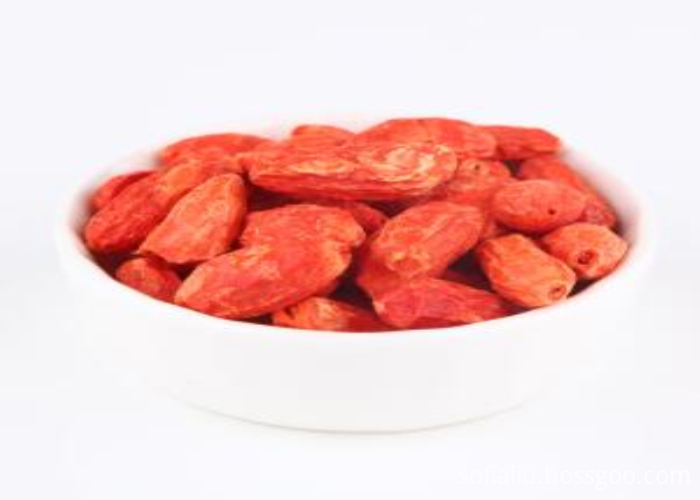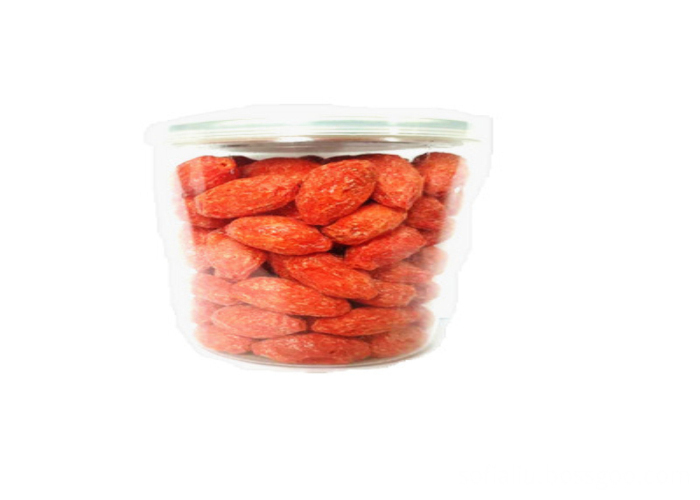Multi-functional greenhouse water temperature regulator for high yield of anti-season cultivation of mushrooms
According to the investigation of the cultivation of shiitake mushrooms, the number of shiitake mushrooms cultivated in the off-season this year is still very small. The counter-season fresh shiitake mushrooms in the market will continue to maintain the high price trend in previous years, which can reach the price of 6-8 yuan. Therefore, as long as proper management, you can get higher production efficiency.
1. Investment in facilities: The use of greenhouses for cultivating oyster mushrooms and coprinus comatus can be done without additional investment. It can be calculated as depreciation: building a slightly better greenhouse worth 3,000 yuan to use for 5 years and cultivate 3 batches each year. Quarter-season cultivation of seasonal mushrooms requires only 200 yuan for depreciation.
2. Equipment cost: Newly purchased a “multifunctional greenhouse water temperature regulator†with a value of 5,000 yuan. It will be used every 10 years in the winter and summer. The seasonal cultivation of mushrooms this season includes electricity, Depreciation and other expenses only need about 300 yuan.
3, the price of bacteria bags: 200 square meters of greenhouse can be put into the bag 4,000 times, the current market price of bacteria bags is about 2.50 yuan each, that is, the cost of bacteria bags is 10,000 yuan.
4. Quantity of output: When the conventional ingredients are cultivated in winter, the biological efficiency is generally about 100%, and the yield of the anti-season cultivation is generally lower. We use 70% of the total, and the cultivation can produce 4200 kilograms of fresh mushrooms.
5. Economic Benefits: In recent years from June to September, the market price of fresh mushrooms was mostly around 8 yuan, rarely falling to the price of 6 yuan. Even if calculated by 6 yuan, the output value could reach 25,000 yuan. According to normal economic accounting, the production benefit of this batch is -300-3000 (labor cost) = 11,500 yuan. Even if all input is calculated as a one-time investment, that is, the construction costs of equipment and greenhouses are all deducted, then 25000-3000-5000-10000-3000 (labor costs) = 4,000 yuan, that is to say, the cultivation of this batch can have 4000 yuan. Profit.
6. Production scale: If there is no counter-season mushroom grower in the local area, there will be no competition in the market. It is estimated that the market price will be higher than 8 yuan. If the harvested mushrooms are directly sent to supermarkets, restaurants, hotels, etc., the general price will be It is much higher than the vegetable market; if it is organized, it can also form a small-scale production base. In this way, according to unified technical guidance and management, the mushrooms will be produced within a basically uniform period of time, and can be provided for a unified time. The goods are transported within the province to Jinan and Qingdao and can be sent directly to Beijing, Tianjin, Dalian and major cities in the south. The prices will be higher.
Technical points
The anti-season cultivation of shiitake mushrooms refers to the use of natural or artificial caves, civil defense works, etc. for summer cultivation. However, in most places, there are no such facilities. Therefore, the use of ordinary greenhouses and cooling equipment for off-season cultivation will become the mainstream of production. The technical points are:
1. Cultivation facilities: Ordinary edible fungus sheds. After the spring production is completed, the sanitizers are cleaned immediately. After the original bacterium bags are cleaned up, the shed is cleaned, the sheds are inspected, an appropriate amount of medicine is sprayed for sterilization, and then About 25cm high to build a mushroom shelf, each shelf is about 5 to 7 layers, and the top of the shelf is connected with fine bamboo moss type, the shed is poured into the water, after the water infiltration, lime is applied in the shed Powder, you can move the bag to the shelf.
2, cooling equipment: At present, the use of "multi-functional water temperature air conditioner" cooling production in the summer, in July to August bacterial strains in the process, can make the culture temperature dropped to 20 ~ 25 °C, the use of good results .
3, bacteria bag color: the conventional production process for strain production and production of bacteria bags, to be completed after the completion of bacteria, you can white bacteria bag "well" font size, and cover the plastic film, grasshoppers, etc. While warming up, by regulating the cover of grasshoppers and plastic film and uncovering at night, one promotes the white hyphae on the surface of the bacteria bags to fall down, and secondly, increases the temperature difference of the bacteria bags, prompting them to change colors as soon as possible.
4. Temperature-regulating buds: After completing the color-changing bacteria bags, they can be moved into the shed after being replenished with water, all of them will be separated by 5cm or so, and discharged in a single layer, and the temperature will be reduced through the “multifunctional water temperature air conditionerâ€. Two days later, a high-temperature stimulus was applied. With water, light and other stimuli in the shed, small buds emerged in about a week. Thereafter, conventional water was used to minimize the difference in wetness so as to ensure a steady flow of mushroom buds. The basic management indicators of this stage are: the temperature is kept between 20-30 °C, the temperature difference is about 10-15 °C; the air humidity is between 75%-95%, because the mushroom cap is thicker, and the adaptability is larger The wet difference, so, do not have to worry about excessive wetness will lead to death; by adjusting the cover of the roof, so that the light intensity in the shed to maintain at 300 to 1200 lux; moderate ventilation, so that the shed maintains fresh air.
5. Mushroom management: As the plastic film of the mushroom bag is thick, the mushroom buds cannot break out of the bag on their own, so it is necessary to manually cut the plastic film. The method is: in the place where the mushroom bud occurs, the plastic film is formed with a small blade. Cut open, be careful not to hurt the mushroom buds. If the management is careful, you can cut the plastic film along the round mouth of the mushroom bud to avoid the occurrence of malformation mushrooms to the greatest extent. After extending from the young buds, it will enter the management stage of mushroom production. This stage should be maintained at a temperature of 20 to 28°C, a humidity of 75% to 95%, a light of about 500 to 1,000 lux, and proper ventilation; When the diameter of the lid reaches more than 2 cm, the mushroom body can be directly sprayed with the edible fungus three-dimensional nutrition essence. When the edge of the mushroom mushroom cover still shows a downward curling condition (copper beak edge), but there is a tendency to unfold, it should be timely harvested. Note that to a certain extent, the greenhouse temperature and "foliar application" at this stage will determine the quality of shiitake mushrooms.
6. Underwater management: The tides of mushrooms are more obvious. When a mushroom is harvested, the water loss of the mushroom bags is more serious, so it is necessary to replenish water and keep the bacteria before managing and harvesting the next tidal mushroom. The common method for replenishing water is to use the original ditch, canal, pit or dig a soil pit, to form a plastic film inside the bag, and to discharge the bag of bacteria. When about 20 cm from the top edge, a plastic film is formed into a concave shape in the concave shape. Fill the water with water, form a certain pressure, and then fill the water in the pit of the bacteria bag. After the water is full, maintain it for 24 hours, then drain the water and put the bacteria bag on the mushroom shelf. Refer to the preceding management. Generally can receive 5 tide mushroom, biology efficiency is about 80%. (Soil and Fertilizer Institute of Shandong Academy of Agricultural Sciences 250100)
Freeze Dried process is a method to freeze the dry liquid materials into solid and use the sublimation properties of ice under low temperature and pressure to dehydrate the materials and achieve the purpose of drying. Freeze-drying technology first appeared in the space field, and it is known to all that the space food has a high quality requirement, which is designed to meet the needs of the astronauts in space for the nutrition of fruits and vegetables. Because freeze-drying technology not only let the color, aroma, taste, nutrition of the food itself, but also make food more convenient to carry and transport. With the development of economy, freeze-drying technology has been applied to daily food processing, so the lyophilization process is also called aerospace food technology.

Freeze dried food is to use rapid freezing, vacuum dehydration method of ice, preserved the original color, aroma, taste, nutrition, and the appearance of the original material, the water content of only about 5%, because of the particularity of its craft, by freezing to break the cell wall, so crispy, nutrition, easy absorption

Goji Berry,Freeze Dried Wolfberry,Freeze Dried Goji Berry,Organic Freeze Dried Goji Berry
Ningxia Wolfberry Goji Industry Co.,ltd , http://www.nx-wolfberry.com